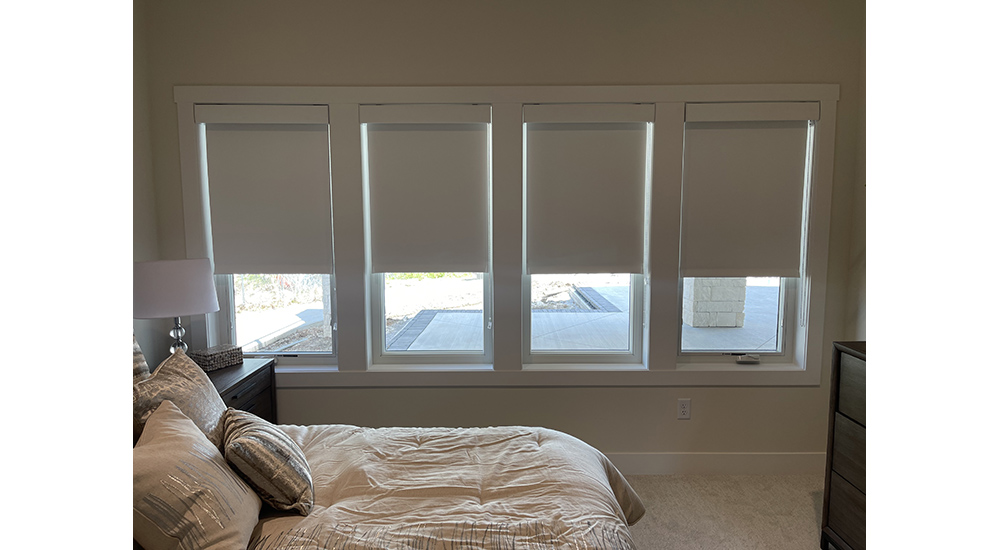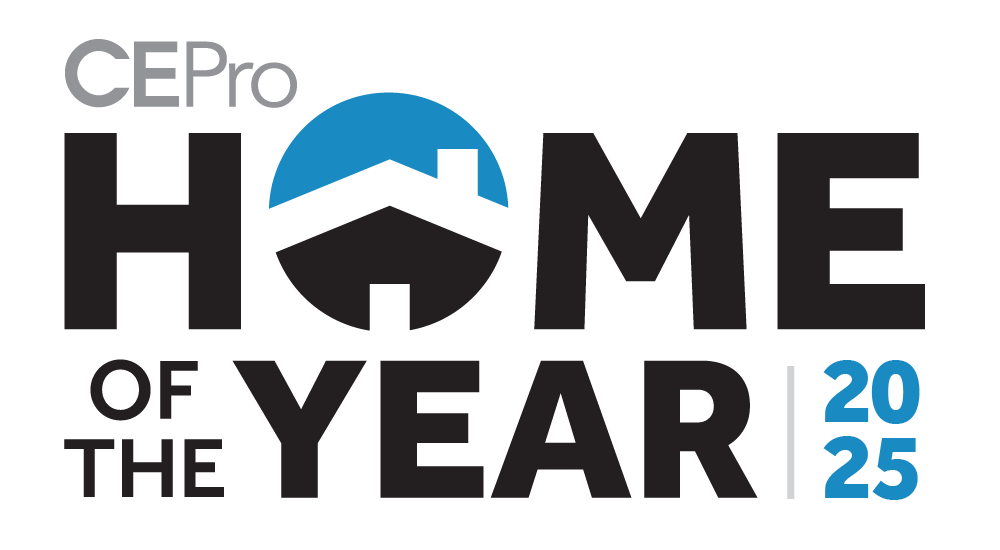You probably think of automated shades as an extremely convenient and aesthetically pleasing way to control the amount of light that enters an interior space at a given time. But there’s a flip-side to this light-centric way of thinking: Consider the many benefits of the darkness control that automated shades can bring to a home or business.
Darkness is more than the absence of light. In and of itself, the right balance of shadows and light can be a beautiful thing. Darkness can set the mood for dining, for an event, or for comfort, day or night. And putting the user in complete control of the time and extent of that darkness is an ideal job for automated shades.
Understanding the Appeal of Darkness Control
To understand the full array of benefits that automated shades can bring to a home or business, it’s important for prospective end-users to understand the ways that these smart and potentially connected products can play a role in scheduling scenarios.
Some automated shades can be preset to raise and lower according to a custom schedule. This means they can work in concert with other smart devices at a particular time of day or night to establish a mood, create an ideal temperature, provide energy savings, enhance security or all the above.
For example, in the middle of a summer day, the shades can lower, and devices like smart thermostats and smart lighting can be preset to maximize comfort and reduce energy usage. Automated shades can be scheduled to open and increase solar heating in a home or business during the colder times of day (or year), and they can be set to go down and keep that interior space naturally cooler when the sun is at its peak (with less reliance on air conditioning).
This can result in effortless, passive energy savings by reducing energy consumption by up to 30%. This also means that a smart thermostat paired with smart automated shades can be even more effective when it comes to energizing smart home sales.
Shades Add Visual Element to Smart Home Environments
In addition to helping to heat or cool an interior living space, the timed raising and lowering of automated shades can contribute to the “cool” look of a home. By using automated shades to control the interplay of darkness and light, users can set the mood for a daily activity like dining, or a special event like a date or evening gathering.
While contributing to a room’s interplay of shadows and light, automated shades can fit some homeowners’ sense of style and fulfill their design vision. Style mavens appreciate the fact that many automated decorative shades are offered in an ever-growing array of sheer, semi-sheer and even blackout fabrics. In fact, automated shade manufacturers can be a resource for both homeowners and style professionals like interior designers.
Perhaps no room in a home can use darkness to dramatic and practical effect better than a home theater. By coordinating automatic shades with the other primary devices in a theater, the user can simultaneously power up movies and streaming activities by simply lowering the shades. When the film ends, the homeowner can press a button to turn lights on and opening the shades.
The dramatic appeal of controlled darkness can also be a desirable feature for homes with modern kitchens that feature dark-colored cabinets and countertops, with some cabinets lit from within to highlight a display of beautiful dinnerware or glassware. The same benefits hold true in a home bar, where selective darkness can set a mood or help highlight a backlit display of prized whiskey or decorative bottles.
In addition to the benefits shades can deliver by adding darkness to rooms like home theaters, shades can also gradually be set to close at dinner time to give a dining space a warm intimate feel. Candlelight dining, for example, is much more impactful when interior lights have been dimmed and exterior natural or artificial light is refracted.
Don’t Overlook Other Applications of Controlled Darkness
Beyond those traditional applications of utilizing natural light and darkness to enhance home environments, these days, more people are working from home offices. It is essential for home-based workspaces to be as comfortable and work-friendly as possible. Using automated shades, people working from home can create the ideal environment to eliminate outdoor distractions. Those working on computers can set the shades to block or filter midday sun, reducing electronic screen glare and eyestrain, and possibly even reducing headaches and some visual migraines.
Controlling Light Aids Healthy Circadian Rhythms
Here’s the obvious application for darkening a room: Automated shades can facilitate the power of darkness to contribute healthful sleep. Blackout shades can be set to lower at bedtime to block out most outside light and some exterior noise. And because smart shades can be programmed to open gradually at sunrise, they allow the soft morning light to gently rouse users from their slumber, rather than having to rely on an irritating alarm clock. Plus, the lowering and raising of the shades can be programmed to automatically adjust when sunrise and sunset times shift.
One last point about regulating the amount of light that enters a home—by scheduling smart shades to block out potentially damaging sunlight and UV rays, users can protect a home’s furnishings, carpeting and works of art from potential damage.
The sun’s rays can cause colors to fade, and materials like wood, leather and colored fabric to bleach or suffer costly (or irreparable) damage. Automated shades are an investment that can protect many other investments in a home.
When automated shades are raised and lowered with intention and forethought, darkness can be a design solution that makes a home or business more welcoming, functional, and attractive. Dealers wanting to increase their sales of smart automated shades should understand and be able to convey the many benefits of automated shades and controlled darkness. Darkness is not just a design choice; it is a choice that can shed light on ways to grow your business.
Jason Turner is vice president and co-founder of PowerShades
















